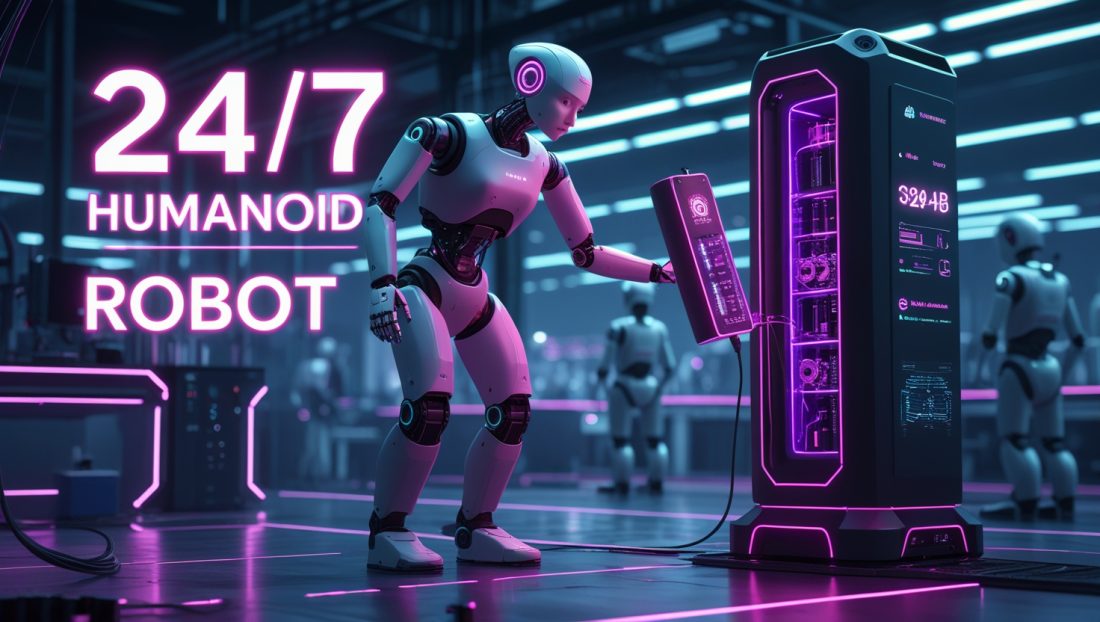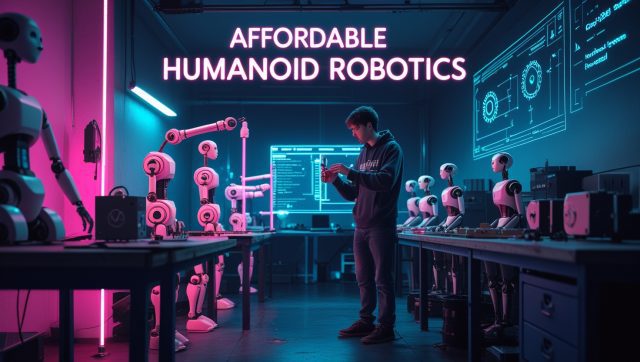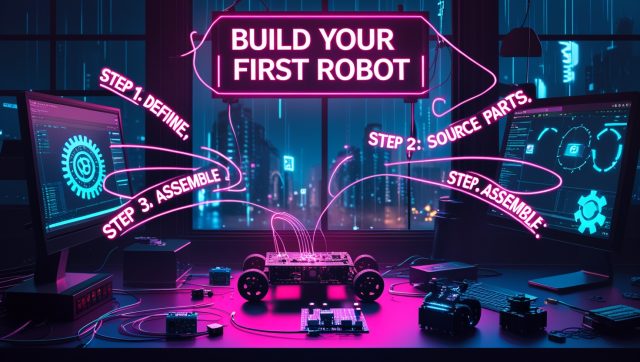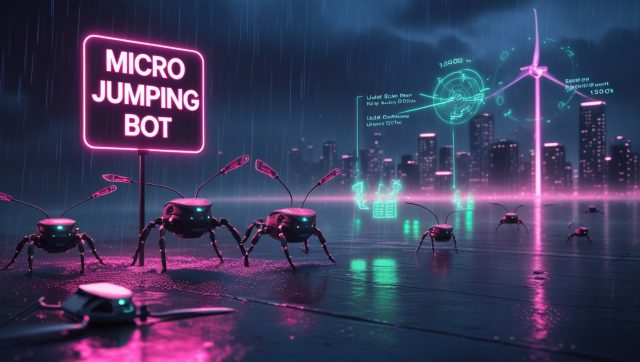(Shenzhen, July 2025) – In a breakthrough for industrial automation, Chinese robotics leader UBTech has unveiled the Walker S2—the world’s first 24/7 humanoid robot capable of autonomously swapping its own batteries to achieve truly uninterrupted operation. This innovation eliminates a critical bottleneck in robotics: dependence on humans for recharging. For more on how China’s robotics advancements are reshaping global manufacturing, see Why China’s Industrial Robot Dominance Is Reshaping Global Manufacturing.
The Rise of the 24/7 Humanoid Robot in Automation
Key specifications of Walker S2:
- Height/Weight: 5’3” (162 cm), 95 lbs (43 kg) – comparable to a small adult.
- Power System: Dual 48V lithium batteries enabling “hot-swapping.” One battery powers the robot while the other is replaced, allowing continuous operation.
- Performance: 2 hours of active work or 4 hours stationary per battery. Swaps take just 3 minutes using USB-style connectors.
- Intelligence: Vision systems detect battery status (green = charged) and decide whether to swap or recharge based on task urgency.
Why this matters: Unlike stationary robots, the Walker S2’s bipedal design and battery autonomy let it navigate dynamic factory floors without infrastructure redesigns. It’s already deployed at BYD, Nio, and Zeekr auto plants for tasks like part handling and quality checks. This leap in autonomy mirrors advancements in collaborative robots, as explored in Solving the Top Cobot Deployment Challenges in 2025.
Inside the Battery-Swap Breakthrough
A viral video shows the Walker S2’s precise self-swap process:
- Approaches a charging tower when batteries deplete.
- Twists its torso, uses articulated arms to remove the drained pack.
- Inserts it into a charging dock and grabs a fresh unit.
- Secures the new battery and resumes work instantly.
“This eliminates downtime. Humans sleep; robots switch batteries and continue.”
The system mirrors EV battery-swap tech but solves a unique challenge: fine motor skills for self-servicing. Each swap station monitors battery health, alerting technicians only for maintenance. For insights into how AI enhances such robotic precision, check out How Reinforcement Learning for Robotics Training Transforms Industry.
Strategic Partnerships Accelerating Adoption
In May 2025, UBTech partnered with Huawei to integrate AI processors into the Walker S2’s “embodied intelligence” system. This boosts real-time decision-making for complex tasks. To understand how AI-driven partnerships are fueling factory efficiency, read Why Industrial AI Implementation Wins Big in 2025 Factories.
The bigger picture: China’s robotics surge includes 1,600+ companies in Shenzhen alone. The country now ranks third globally in manufacturing robot density (470 robots per 10,000 workers), surpassing Germany and Japan. For a deeper dive into China’s robotics ecosystem, explore Singapore Robotics Ecosystem Robonexus for a comparative perspective on global robotics hubs.
Industrial AI Analysis: Beyond the Hype
1. The “Dark Factory” Reality
Walker S2’s 24/7 capability advances “lights-out manufacturing” – fully automated facilities needing no human presence. UBTech’s “BrainNet” software (tested at Zeekr factories) lets robot swarms collaborate on assembly, inspection, and logistics.
2. Workforce Displacement Fears
Critics warn of mass job losses. Forbes notes Walker S2 targets “grunt work,” yet its flexibility risks expanding into roles like warehouse management or hospital logistics. Fictional anecdote: Zhang Wei, an auto parts technician, admits: “I used to recharge bots. Now they do it alone. My next job? Maybe robot maintenance… if I retrain.”
3. Global Arms Race
The U.S. (Tesla, Figure AI) and China vie for humanoid dominance. Analysts predict widespread deployment in 3–5 years as supply chains mature. Additionally, NVIDIA’s advancements in cloud-connected robotics offer a glimpse into the future, as detailed in NVIDIA’s advancements in robotics
Future Implications
UBTech hasn’t announced mass production timelines, but Walker S2 signals a tipping point:
✅ Pros: 24% productivity jumps, reduced labor costs, safer hazardous tasks.
⚠️ Cons: Ethical debates on job erosion and over-automation.
“If robots don’t need us to swap batteries, what’s left for humans?”
For a technical perspective on how AI is transforming manufacturing, check out How AI is transforming manufacturing
Evergreen Takeaways
- Autonomy = Evolution: Self-swapping batteries enable complex tasks in unstructured environments (e.g., hospitals, disaster zones).
- Collaborative Future: Humans will shift to creative oversight, maintenance, and AI training.
Subscribe to our Automation Insider newsletter – your frontline report on the robots reshaping our world.



